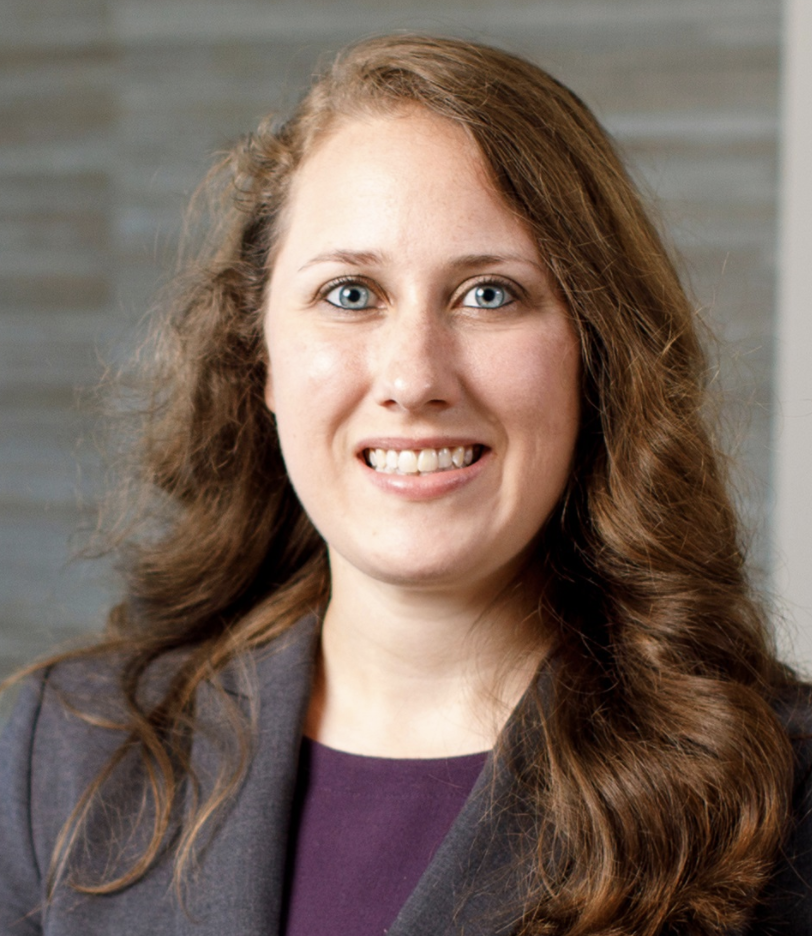On Dec. 27, 2020, President Trump signed the Consolidated Appropriations Act, 2021 (H.R. 133), an appropriations and stimulus package that includes changes to the Public Health and Social Services Emergency Fund (Provider Relief Fund) to assist providers responding to the COVID-19 pandemic.
The spending bill funds the federal government through the end of the fiscal year, Sept. 30, 2021, and provides a $300 per week federal unemployment supplement, $600 stimulus checks and $284 billion for a second round of Paycheck Protection Program loans discussed in a previous McGuireWoods alert. Important for providers, the legislation adds flexibility under the Provider Relief Fund for reporting “lost revenue” to allow providers to keep more of their payments, allows providers to allocate payments among subsidiary entities, and creates an additional funding phase.
The Provider Relief Fund was previously created through appropriations totaling $175 billion by the Coronavirus Aid, Relief, and Economic Security Act (CARES Act) and the Paycheck Protection Program and Health Care Enhancement Act to reimburse eligible expenses and lost revenues attributable to COVID-19 (as discussed in previous McGuireWoods legal alerts). The U.S. Department of Health and Human Services (HHS) has developed the Provider Relief Fund through multiple rounds of payments through General Distributions and Targeted Distributions to certain providers, answers to frequently asked questions (FAQs) and other program announcements. Most recently, HHS issued reporting and auditing guidance, as discussed in Oct. 2 and Nov. 3 McGuireWoods alerts.
This alert summarizes the key Provider Relief Fund provisions in H.R. 133.
1. Changes to Provider Relief Fund Reporting Requirements’ “Lost Revenue” Definition.
H.R. 133 directs HHS to return to its definition of “lost revenue” from FAQs published in June 2020 for healthcare providers to utilize in their required program reports. (The first report is due Feb. 15, 2021.) This change could allow providers to retain more payments received under the Provider Relief Fund, as this definition is more flexible than HHS’ current definition to calculate lost revenue. Until HHS’ recent reporting guidance described in the next paragraph, HHS’ FAQs consistently stated that providers applying for Phase 2 General Distribution funding could calculate their lost revenues attributable to COVID-19 with “any reasonable method of estimating revenue during March and April 2020 compared to the same period had COVID-19 not appeared,” including using the difference between “budgeted revenue and actual revenue.” H.R. 133 sets a March 27, 2020, deadline for the provider recipient to have previously established and approved such a budget for reporting lost revenue. Congress’ decision to include the definition of “lost revenue” should give providers the comfort to retain payments they previously worried they would have to return due to prior reporting guidance.
As discussed in the McGuireWoods Nov. 3 alert, HHS significantly narrowed the lost revenue calculation, which is one of two ways to retain payments under the program. (The other is additional COVID-19-related healthcare expenses.) In Sept. 19 guidance, HHS modified its definition to calculate year-over-year net operating income, or effectively diverting to a profit comparison measurement. After significant questions and pushback, on Oct. 22, HHS issued updated reporting requirements and a policy update memo to return the definition of “lost revenue” to a revenue calculation. After the Oct. 22 guidance, for reporting purposes, HHS asked the recipient to calculate “the difference between [a recipient’s] 2019 and 2020 actual patient care revenue.”
The legislation, pending subsequent HHS guidance, will likely reduce the number of Provider Relief Fund recipients that will need to return payments. HHS’ most recent guidance meant that providers with expected or budgeted 2020 revenue growth through acquisitions, service line expansions or de novo facilities, were capped at 2019 revenue under the “lost revenue” definition. This legislative change should therefore be well-received by the provider community, as it offers providers greater flexibility in the calculation methodology. That said, providers should continue to keep accurate documentation, including their previously approved budget, as support for any potential future audits.
Concerns remain, however, that HHS’ further guidance could have significant impacts for providers. In the earlier phase applications, HHS allowed providers to use their budgets to estimate their lost revenue numbers during the first half of the year when many communities were in lockdown. If HHS applies this legislative-mandated definition on a year-over-year basis, providers that increased services in the second half of the year to make up for necessary care for their communities may still need to return payments they received based on significant lost revenue in the first half of 2020.
2. Further Flexibility for Health Systems to Utilize Provider Relief Fund Payments.
H.R. 133 also directs HHS to allow parent organizations to allocate Targeted Distribution payments among subsidiary eligible providers of the parent organization. While HHS has allowed parent organizations to allocate General Distributions to eligible subsidiary providers within the same organizational structure, HHS previously did not allow this flexibility for Targeted Distributions paid to specific categories of providers, where it wanted control and use to remain with the recipient entity (e.g., safety-net hospitals, rural providers, skilled nursing facilities or high-impact COVID-19 hospital distributions). HHS reasoned that “[t]he purpose of Targeted Distribution payments is to support the specific financial needs of the eligible healthcare provider that received the payment.” This legislative change should allow health systems, in particular, often with a significant number of subsidiary entities, to allocate payments throughout their organizations as needed to respond to COVID-19.
3. Additional $3 Billion and Successor General Distribution Phase.
Finally, H.R. 133 provides $3 billion in additional appropriations for the Provider Relief Fund and directs HHS to create a new successor General Distribution phase for eligible healthcare providers. This successor distribution would need to “consider financial losses and changes in operating expenses occurring in the third or fourth quarter of calendar year 2020, or the first quarter of calendar year 2021, that are attributable to coronavirus.” Earlier phases of the General Distributions considered such calculations only for the first half of 2020 for eligible providers. H.R. 133 directs HHS to utilize 85 percent of the CARES Act unobligated balance from the appropriation to the Provider Relief Fund, and any funds recovered from healthcare providers after the legislation’s enactment, for those impacted in the second half of 2020 and through March 31, 2021, for this new distribution phase.
Further guidance from HHS will be critical to utilizing the new flexibility and additional Provider Relief Fund payments. McGuireWoods will be monitoring and analyzing such guidance as it becomes available over the next several weeks and beyond.
McGuireWoods has published additional thought leadership related to how companies across various industries can address crucial COVID-19-related business and legal issues, and the firm’s COVID-19 response team stands ready to help clients navigate urgent and evolving legal and business issues arising from the COVID-19 pandemic.
Published January 4, 2021.




